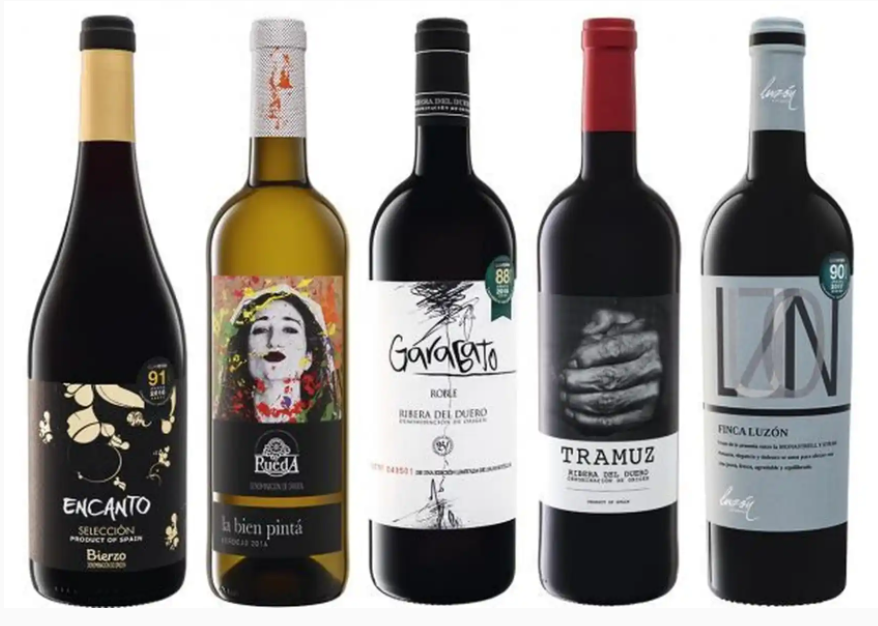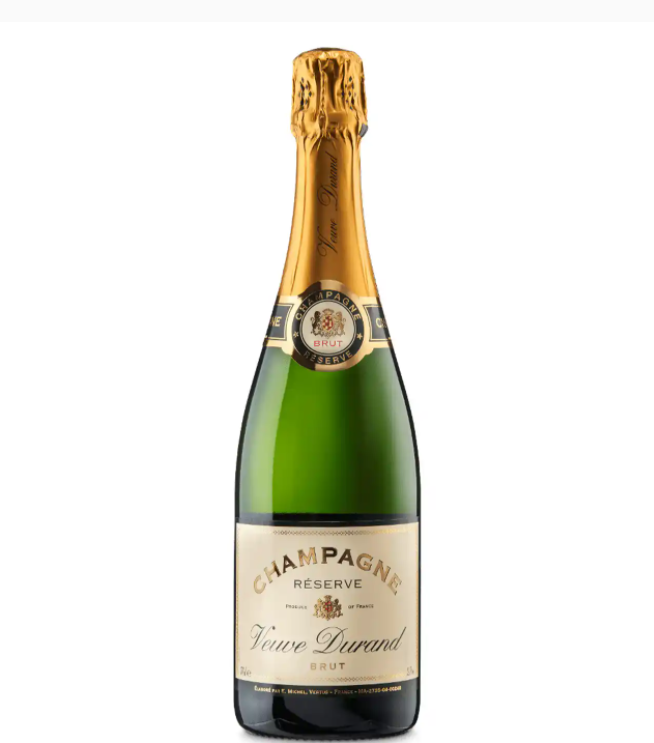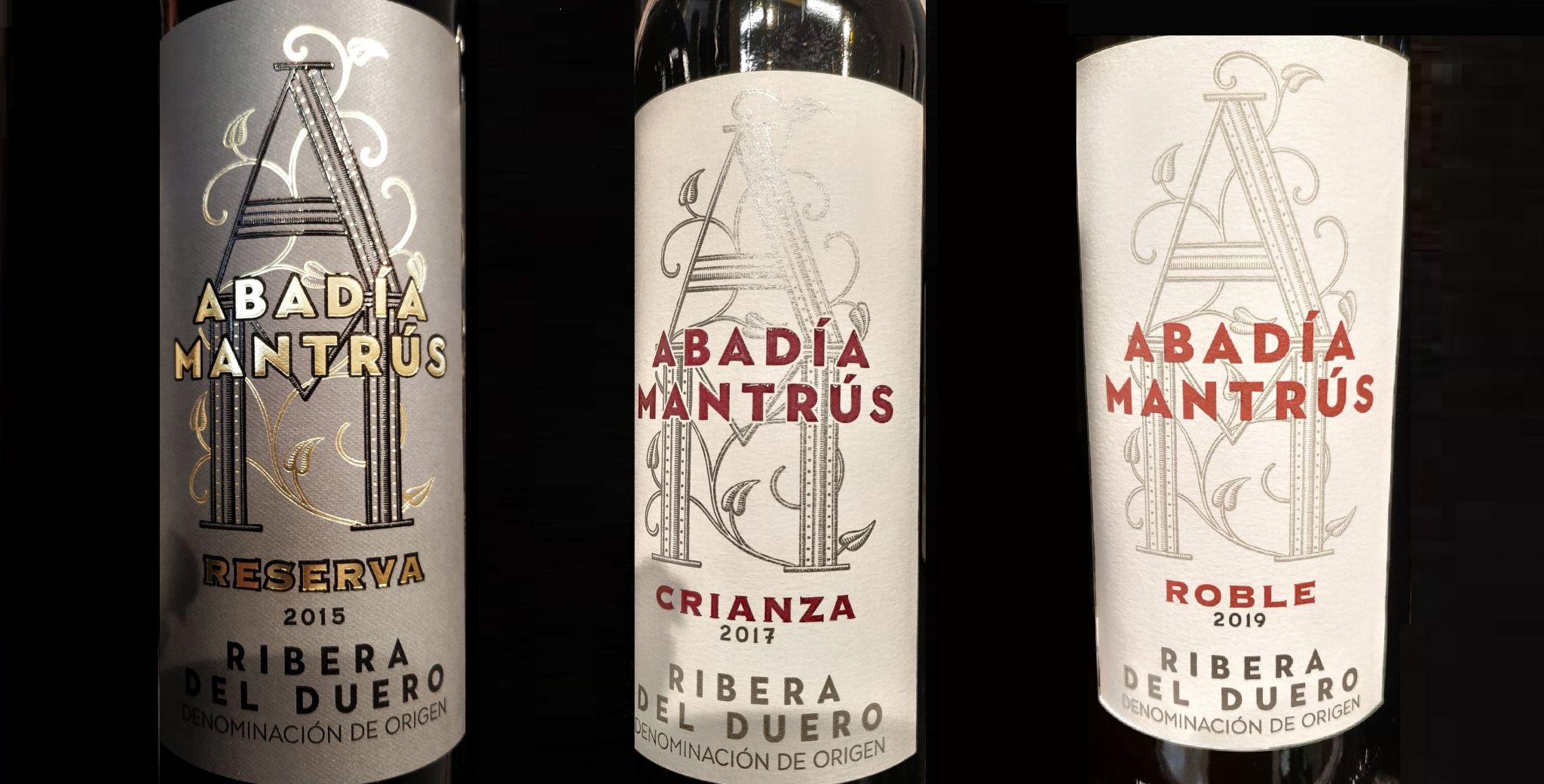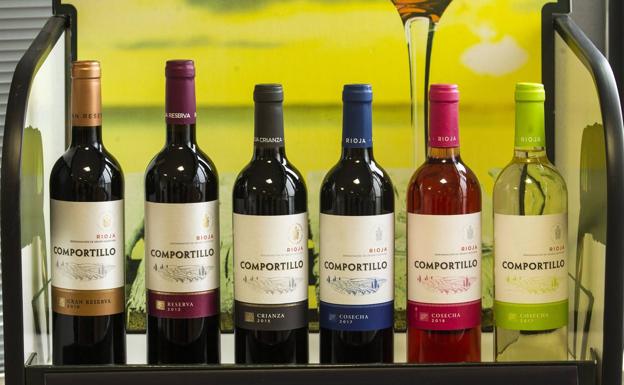It has been said a million times, the best wine is not always the most expensive, but the one we enjoy the most. One thing that Spain managed more than any other country is to have almost infinite wealth and variety of wines, as well as a competitive market that makes it possible to have high-quality options at an affordable price. You only have to go down to your local supermarket to see how the shelves are filled with attractive labels at excellent prices with varied designations of origin as a guarantee of quality.
With this commitment to offering Spanish products at competitive prices but without sacrificing high quality, Lidl has set out about opening the path to other large supermarkets by expanding and strengthening its winery, in which there is no wine that exceeds 9 €. They state that enjoying a good wine should not be a luxury and that it is essential to offer the highest quality at the best price, but within the reach of all budgets. Jon Andoni Rementeria (Spanish Sommelier Champion 2018 and Club Gourmets Award for Best Sommelier in 2019), is in charge of creating the Lidl wine selection.
However, it is not only Lidl who has bet on a range of premium wines at a good price. Mercadona laid the first stone by partnering with Ontañón a few years ago, with the aim of offering exclusive wines under its own brand, but with the know-how of a winery with extensive experience behind it. A line of business that other supermarkets such as Alcampo or Carrefour have followed.
The five wines that top the list at Lidl (selected by their champion sommelier) stand out for their ease of drinking and for the versatility they bring to the art of pairing.

The Whites:
Encanto Selección (D.O. Bierzo) - perfect wine to accompany red meats and game, spicy dishes or Valdeón blue cheese.
Garabato (D.O. Ribera del Duero) - pairs perfectly with white meat, fatty fish or cod and sausages.
La Bien Pintá (D.O. Rueda) - a white that pairs well with starters such as semi-cured Manchego cheese, vegetables, non-fatty fish such as hake and sole and even white meats.
The Reds:
Zaldúa Reserva (D.O Rioja)
Tramuz (D.O Ribera del Duero)
Aldi has also made its mark but with champagne. Veuve Monsigny Champagne Brut is one of the best champagnes in the world according to all the medals it has been awarded by the International Wine and Spirits Competition. What is surprising is that it only costs around €12 and they sell it in Aldi. Aldi is also responsible for its exclusive distribution throughout the United Kingdom.

The Valencian giant Mercadona sells wine from 18 denominations of origin from all over Spain, but among them, there is an artisan family winery that has become its standard "go-to wine" when it comes to offering quality and price. The winery Ontañon is responsible and is located in La Rioja but also has its own vineyard in Ribera del Duero and Rueda. Mercadona currently has more than 50 wines with a designation of origin, of which the vast majority do not reach even five euros. Rioja, Ribera del Duero, Toro, Ribeiro, Rueda ... Ontañón, exclusively produces up to 16 references, contributing all their know-how of Riojan winemaking tradition.


Brands produced by Ontañón are the Rioja wines Arteso and Comportillo and the Riebra del Duero wines Abadía Mantrús and Condado de Teón. The most expensive being less than €8.
Time to start wine tasting!